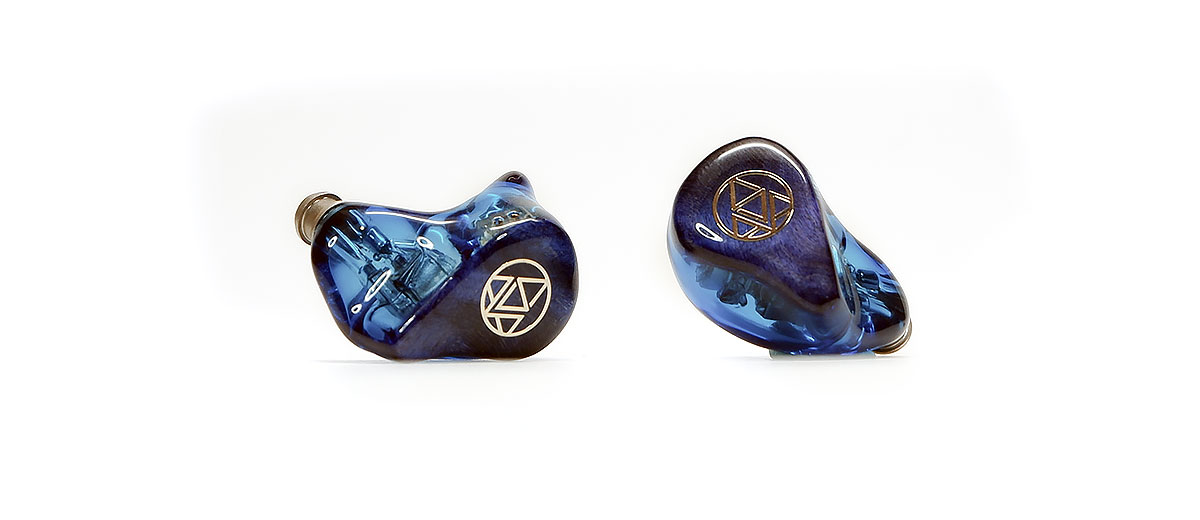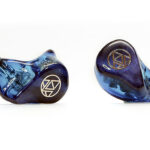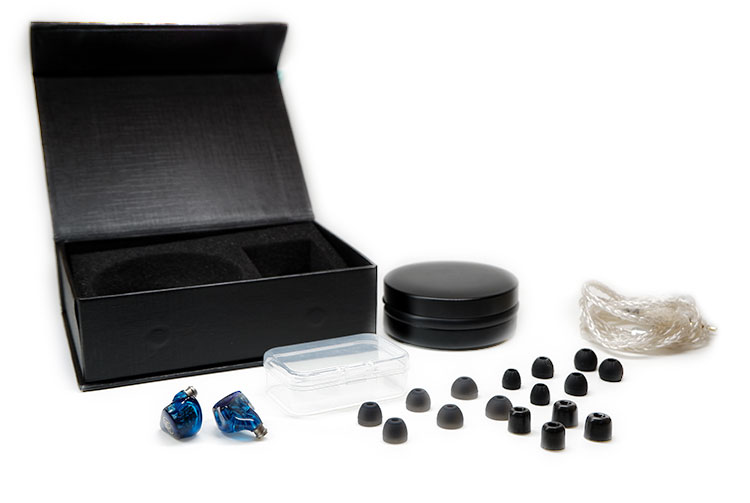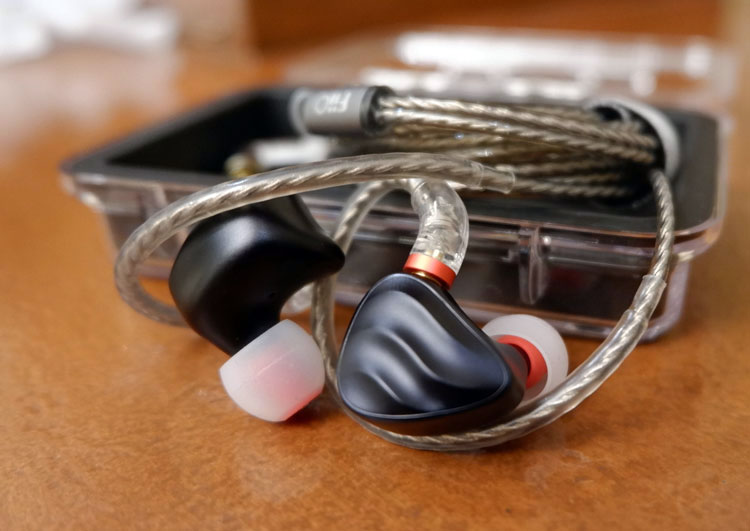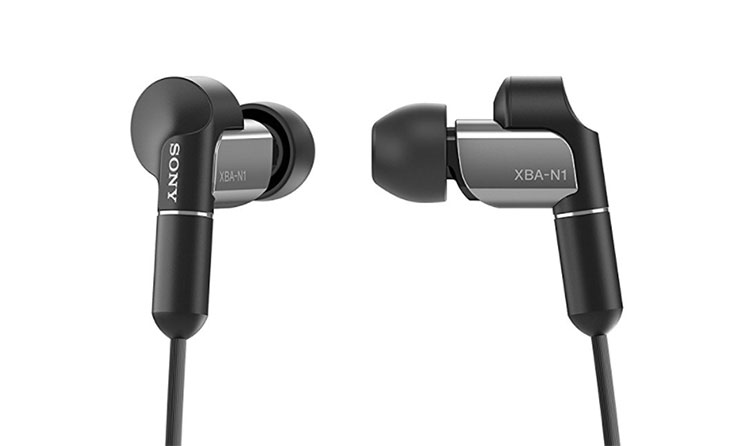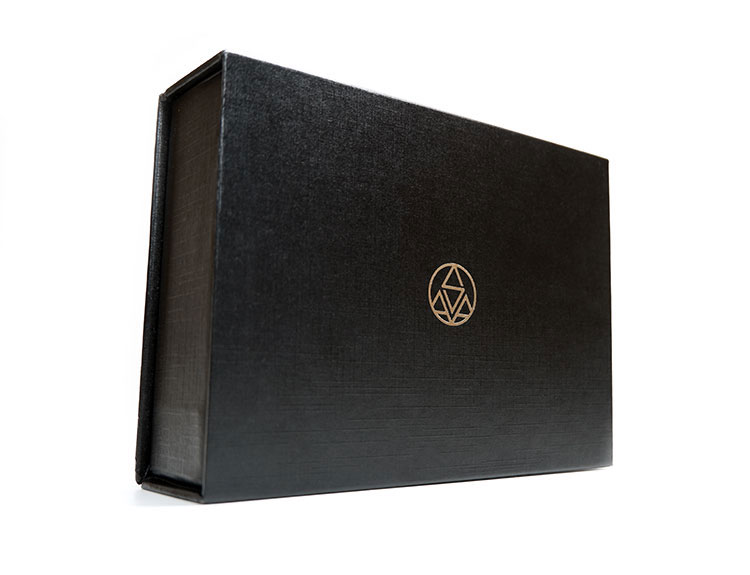The Mangird MT4 is a hybrid universal IEM using a dynamic driver for the lows and three BA drivers for the mids and highs. It is priced at $199.
Disclaimer: The Mangird MT4 sent to us is a sample in exchange for our honest opinion in this review. We thank Linsoul for giving us this opportunity.
To learn more about Linsoul reviews on Headfonics you can click here.
Note, this review follows our new scoring guidelines for 2021 which you can read up on here.
Mangird is a relatively unknown brand that has been manufacturing IEMs out of Jiangsu Province, China since 2019. They started selling their IEMs in the local Chinese market in early 2019. Internationally, they were launched by Linsoul.com on 11.11 2019 with the Mangird Tea.
The Tea is a $299 7-driver IEM, which is a steep price to ask, given that Marngird is a relatively unknown brand at this point. However, I was surprised to find that the Tea was received positively in most of the reviews that I’ve come across.
Given the higher asking price though, some might hesitate because of the lack of experience with the Mangird brand. So this year, they came up with a slightly more reasonably priced model, the Mangird MT4, which has 4 drivers and is priced at $199.00. I’m looking forward to hearing how it fares in the competitive market of IEMs under $200.
Tech Inside
The MT4 is equipped with 4 drivers, a German-made dynamic driver for the bass, a dual Balanced armature driver from Sonion that takes care of the midrange, and a Knowles Balanced Armature driver that is tuned for the treble region. This is a combination that takes the strengths of each driver to maximize the benefits of each driver.
Aside from the driver technology, the MT4 has a wood faceplate covered in a resin shell. The design of the cavity has been updated based on feedback from customers about their previous designs. This resulted in a smaller shell that has a more ergonomic fit.
Packaging & Accessories
The box that the MT4 came in didn’t have any markings, and there isn’t even a word of English in anything inside the box. So all I had to go on was the logo and the information that I got from Linsoul about the MT4.
The black box just has the Mangird logo in front and a magnetic closure flap. Inside is a black plastic case of the IEMs with their cables, the case is sturdy enough to keep the IEMs protected when being stuffed into a bag.
There’s also a separate case for the ear tips. Three types of ear tips came with the MT4 including 2 sets of silicone ear tips that come in small, medium, and large, and 2 pairs of foam ear tips that come in small and large.
The package is simple but it protects the IEMs when they are being transported and stored. There are no fancy accessories but they send the IEM over with everything you might need to get up and going.
Design
The MT4 comes in green or blue, and the one that was sent to us comes in blue. Instead of hard plastic, the shells are made of resin which has a more elastic quality to them which makes them less susceptible to cracks and scratches.
Each shell is equipped with a small vent hole to ensure that the dynamic driver will have some breathing room. Each vent hole is also color-coded for left and right for easy identification. The nozzles on the shells are also made of metal and are equipped with a lip on the nozzle which makes most ear-tips stay in place to avoid leaving ear tips inside your ears.
The connector on the MT4 is a 0.78mm 2-pin connection, which is quite tight, but they keep the connection between the IEMs and the cables secure. However, I would have wanted to see an MMCX connection or maybe some kind of stand-off that might relieve the stress from the pins themselves.
The cable on the MT4 is made of 6N OCC silver-plated copper cables which are braided tightly and don’t seem to become unraveled too easily. The cables are soft and not prone to any cable microphonics. While they are soft, they don’t easily get tangled inside the case, so taking them out of the case won’t be cumbersome.
Comfort & Isolation
While the MT4 is not an upgrade to the Mangird Tea, it’s still a newer model that took into account some of the shortcomings of the previous model. They have made the shells slightly smaller, thus making it more comfortable for longer listening sessions.
While the shells didn’t bother me at all, the nozzle was a little bit too big for my ear canal. Although it’s very subtle, after around 1 hour of continuous listening, the nozzle starts to exert a small amount of pressure on my ear canals, but your mileage may vary.
Inserting the IEMs into my ears, there is a good level of passive noise isolation. This guarantees a good level of immersion in the music while keeping most ambient noise out.
Ear tips
While the package is relatively simple, the Mangird still includes 3 types of ear tips. There’s the large bore ear tips, the small-bore ones, and the foam tips. The small-bore tips tended to elevate the bass a bit too much, while the foam tips made the soundstage significantly more intimate.
What complemented the MT4’s sound signature for me, is the large bore ear tips. The large bore ear tips made the MT4 sound a bit more natural, with a respectable amount of treble, while retaining that bass punch that the MT4 is so good at.
Sound Impressions
Bass
The first thing that I noticed when I put the MT4 on is that it has a good amount of bass. I thought that the bass would end up overwhelming the rest of the frequencies, but I was glad to be proven wrong by the MT4.
The way the MT4 presents notes from a bass guitar is warm and lush, which gives it a very natural timbre. While drum hits are punchy, each hit could have a better transient control though. In the song Magic by Coldplay, the drum hits just sounded like they could use a bit more control while the impact still remained very immediate.
Although the MT4 would sometimes lose control over the mid-bass region, it’s more often because of how revealing the MT4 can be. Most issues in terms of mid-bass control is because of the upstream gear, or the lack of refinement in the recording being played.
Midrange
The midrange on the MT4 is slightly recessed compared to the rest of the frequency. This doesn’t mean that the MT4 reproduces bad midrange, on the contrary, it’s rather clear and textured.
Wicked Game by Chris Isaak is a song with an ethereal quality to the vocals, while the vocals were on the lower registers, they retained a very wispy and airy quality to it. However, when I play it through the MT4, the airy quality is somehow reduced.
While the midrange might be a bit recessed, it tends to be brought forward a bit more when listening to the MT4 at lower volumes. I believe this is because of the Fletcher Munson compensation that naturally occurs in our ears. The slightly v-shaped nature of the MT4 makes listening at a lower volume more pleasurable.
Guitars on the other hand sound natural, when the guitars started coming in while listening to Ed Sheeran’s Give Me Love, it felt like there was a guitar right in front of me. Each pluck on the guitar is well defined, and the guitar’s natural timbral quality is replicated accurately by the MT4.
While the midrange might be a bit recessed, listening to the MT4 at a slightly lower volume pushes the midrange forward, and presents the natural textures of the midrange.
Treble
The general impression that I got from the treble on the MT4 is that it’s a bit subdued. When I listened to Dance with Me Tonight by Olly Murs, the trumpets are usually a bit more forward. But on the MT4, the trumpets sounded a bit more restrained, while retaining the trumpets natural timbre.
Cymbal crashes on the MT4 are presented well. Each cymbal hit is distinct and is presented with enough shimmer in each hit. I especially enjoyed the treble on the MT4 because it keeps most of the treble detail while retaining just enough control of the treble region to prevent it from being overly bright.
Staging
The MT4 sounds a bit forward, to the point that each frequency range borders on being a bit shouty. While it manages to sound forward, this doesn’t mean that the soundstage is small. On the contrary, the soundstage is of a respectable size. The rooms sound small but it never sounds congested or closed in.
Image directionality is very accurate, while depth and layering are more accurate on the extremes, but less so in front. The center image that is created generally remains inside my head, where a more natural-sounding center image should have been pushed further in front of my head.
When I listened to Bubbles by Yosi Horikawa, each of the balls that fall sounds distinct. The most surprising part though is that each of the balls sounded quite big. In terms of height, the image on the MT4 is exceptional. It feels like the image being presented is larger than its size might suggest.
Synergy
An impedance of 22Ω and an SPL of just 112dB/mW would imply that the MT4 is easy to drive, and that’s not too far from the truth. My Xiaomi Redmi Note 9 Pro can easily drive them to the loudest listening levels.
While it’s true that anything with an audio output can drive the MT4, it’s not the most optimal solution. I can say from experience that it scales with the amount of power that you can feed it. With my Hiby R3 Pro, it sounded a bit wider, but with a desktop amp like the Topping L30, the MT4 sounded even wider and larger.
Of course, it would not be ideal for the MT4 to be tied to a desktop amplifier, but what this shows me is that there is a significant benefit in feeding it with more power.
Select Comparisons
FiiO FH3
$129.99
Technical
The FH3 retails for quite a bit less at $129.00, but the 2 IEMs are both powered by a dynamic driver for the bass region, and BA drivers for both the midrange and the treble region. So it would be tempting to assume that the 2 IEMs would sound similar, but it’s not that simple.
While both IEMs come in a black box with a magnetic closure, FiiO sends over their FH3 with a more elaborate packaging and a few more accessories. While the case that came with the MT4 is a simple black case, the FH3 comes with a clear hardshell plastic case. Both cases will protect the IEMs when they’re being transported through, so it’s okay either way.
There’s also a glaring difference in the type of cable that came with the 2 IEMs. The Mangird has a softer cable with a 0.78mm 2-pin termination, while the FH3 has a more rigid cable terminated in MMCX. In terms of the cable, it’s a tradeoff between a softer more easily manageable cable, against the more robust MMCX connection available with the FH3.
Some additional accessories that the FH3 has over the MT4 are an extra set of silicone ear tips in different sizes, and a soft pouch for storing the different ear tips.
Tuning
Tonally, the FH3 has more of a midrange focus when compared to the MT4. When listening to the vocal range, the FH3 has a slightly more forward vocal presentation. The bass on the 2 IEMs is comparable, with the MT4 having a bit more quantity and immediate impact. Treble on the other hand is about equal, where the MT4 is a touch brighter.
In terms of details and clarity though, the MT4 makes details easier to pick out. Although this does not make the MT4 sound congested, as the soundstage width is similar on both, the center image is just a bit more in my head with the MT4.
Image directional accuracy is about the same, but the size of the image that’s created by the MT4 is just grander when compared to the FH3. While picking out the details is much easier with the MT4, it sometimes feels more shouty when compared to the FH3’s more polite approach to detail presentation.
While the FH3 has a much more generous accessories package and a more midrange focused tonality, the MT4’s v-shaped sound signature can be as pleasant while having a good measure of detail retrieval.
Sony XBA-N1AP
SGD 299.00
Technical
The MT4 and N1AP are both priced at around $199, but the N1AP has aged quite considerably compared to the MT4. A glaring difference between the 2 IEMs is also that the N1AP has just a dynamic driver and 1 BA driver inside, while the MT4 has a dynamic driver and 3BA drivers. This might put the N1AP at a slight disadvantage but driver count isn’t everything.
The package that comes with the N1AP is quite simple, as it’s a more dated product. However, Sony still included 2 types of ear tips, a soft carrying case, and a cable with a mic. The mic is not that common in IEMs, but the N1AP is not aimed purely at audiophiles.
The cables on the N1AP goes straight down, so it’s not what you would commonly find with IEMs, but the fit is good none the less. The N1AP doesn’t fall off that easily but doesn’t seal quite as well as the MT4.
The N1AP is terminated in an MMCX connection while the MT4 is terminated in a 0.78mm 2-pin connection. This makes aftermarket cables much more accessible for the MT4 since the cable termination is more common, and the MT4 is worn in the ear hook style, instead of straight down with the N1AP.
Tuning
Tonally, the MT4 is more V-shaped, while the N1AP has a more midrange focused tonality. While the midbass on both IEMs is comparable, the N1AP has a steeper roll-off in the sub-bass region. When listening for drum impacts, the impacts are just a bit more natural on the MT4, giving each drum hit a bit more bite.
The midrange on the other hand is where the N1AP truly shines, but this does not mean that the MT4 is a slouch when it comes to the midrange. Michael Buble’s vocals on Gotta be Patient is textured well on both IEMs, but it’s just pushed forward a bit more on the N1AP.
When it comes to treble sparkle, the N1AP sounds a bit shy compared to the MT4. Each cymbal hit is more prominent on the MT4, but it could end up being a bit shouty compared to how the N1AP presents the treble.
Both the N1AP and the MT4 are competent in presenting details, giving each IEM the ability to present accurate directionality in imaging. The width of the soundstage is about the same, with the N1AP edging out the MT4 slightly. However, when it comes to the size of the image that is produced, the MT4 is just a lot larger than the image that the N1AP can create.
Despite having just 2 drivers, the N1AP can still catch up with the MT4 in some aspects, with a more liquid vocal range and a slightly larger soundstage. However, when it comes to detail retrieval, the MT4 pulls ahead of the N1AP by quite a bit, though it could end up being slightly shouty sometimes.
With superior detail retrieval, larger imaging, and a pleasing tonality, it looks like I will start carrying a different IEM in my bag from now on.
Our Verdict
When you receive the MT4, the packaging is really simple, even their brand is not displayed anywhere on the box. However, good things come in simple packages, as the sound more than makes up for the lack of any embellishments in the package.
Although the MT4 has a slightly v-shaped sound signature, it doesn’t feel like any particular frequency is pushed back. Details are presented well, giving each sound element a plucked quality while still presenting a good amount of depth and size in terms of imaging.
Mangird MT4 Specifications
- Driver: 3BA+1DD
- Frequency range: 20hz-44k
- Sensitivity: 112dB
- Impedance: 22ohm
- Connector: default 0.78mm 2pin (MMCX available)

